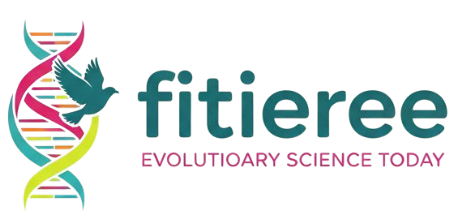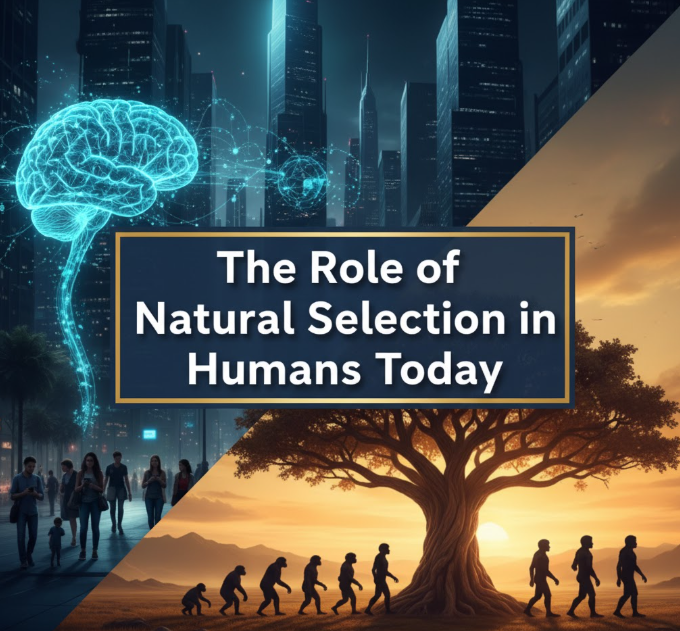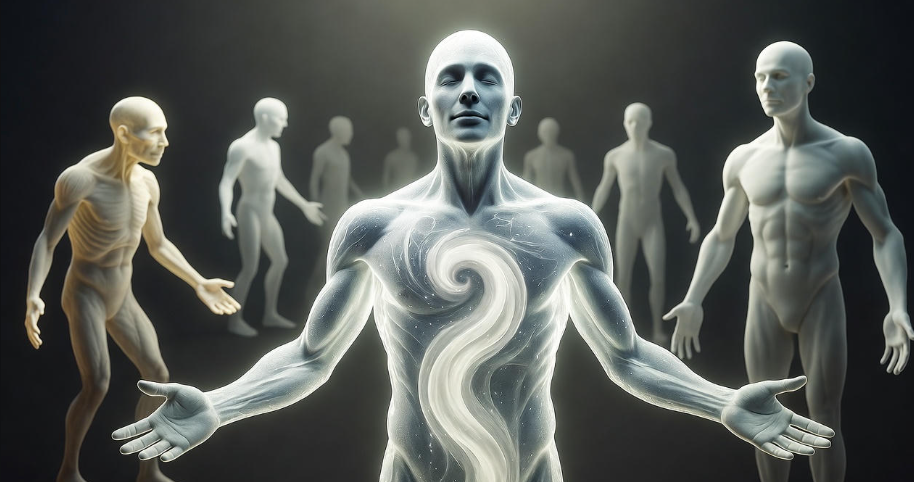What if you had a bone that was 50,000 years old? Now imagine being able to read the genetic instructions that gave that ancient person blue eyes, a tall frame — even diseases they might have carried. This isn’t science fiction. It’s taking place in labs around the world this very minute, and it’s upending everything we thought we knew about human history.
Today’s scientists can extract DNA from bones, teeth and even dirt that is thousands of years old. They can string together the genetic codes of our extinct cousins, like Neanderthals, and work out why some ancient civilizations crumbled while others triumphed. But the miraculous thing is this: none of it would be possible without state-of-the-art technology that wasn’t available as recently as two decades ago.
Today’s technology allows scientists to read genetic information that’s been shattered into millions of tiny pieces. They can clean dirty samples, piece together whole genomes from bits of DNA and run ancient genes up against their modern counterparts in ways that reveal astonishing secrets about the past. By enabling us to automatically identify patterns that humans would never spot, by allowing machines to sequence DNA faster than you can read this article, technology has created an opening into the ancient world our ancestors could only have dreamed of.
This is a behind-the-scenes look at this genetic detective work. You’ll learn the techniques scientists use to extract DNA from fossils, what machines they rely on to read ancient genetic codes and why this work is important for understanding not only where we came from but where we’re going. Join us on a journey through the intriguing rough-and-tumble world of technology-biotech-archaeology, where we’re rewriting history one gene at a time.
DNA Extraction: Getting DNA Out of Ancient Remains
The first obstacle for scientists is getting at the DNA locked up in old bones and teeth. “Think of ancient DNA like a book that’s been sitting out in the rain for hundreds of years — the pages are torn and faded,” said Eske Willerslev, a geneticist at the University of Cambridge. The challenge isn’t just that ancient DNA has broken down in the dirt; it’s highly fragmented and intermingled with dirt, bacteria and other contaminants.
Technology has come a long way since the 1990s and we now have extraction kits that do better with these ancient samples. Such tools rely on chemical solutions that carefully break DNA away from the mineral matrix of bones, rather than obliterating the delicate genetic material. Scientists in specialized “clean rooms” that resemble something out of a space station wear full-body suits to avoid contaminating the samples with their own DNA.
One new technology is called “petrous bone sampling.” The petrous bone is the densest region of your skull, located right behind your ear, and it just so happens this area holds onto DNA better than nearly any other part of the skeleton. Tiny drills similar to those used in dentistry are used by scientists to extract powder from this bone, and just a small amount (about the weight of a paperclip) can contain enough DNA to sequence a whole genome.
One innovative approach is even to collect and test samples of DNA from sediment — literal dirt — at archaeological sites. Our bodies are continually casting off cells, and in caves where ancient humans dwelled, some of the DNA they left behind ended up on the floor. Now, scientists no longer need bones to extract and identify this “environmental DNA.” This new technique has shown that some caves were definitely dwelling places for Neanderthals, even if no bones were found, expanding their knowledge of the sites before burial.
Sequencing Machines: Reading the Genetic Code
After scientists extract ancient DNA, they have to read it. And that is where the DNA sequencing machines come in. The latest technologies are technological marvels, capable of reading billions of DNA letters in a single day.
The most popular machines for ancient DNA are known as “next-generation sequencers.” Such devices do their job by duplicating millions of copies of DNA fragments and then reading them all at once. It’s as if a million people were reading random pages from that waterlogged book all at the same time and piecing together what the original text said using a computer.
Companies, such as Illumina, have created sequencers that are particularly optimized to analyze degraded DNA. Their machines are capable of reading very short pieces — sometimes just 30-40 DNA letters long — which is ideal for ancient samples in which the DNA has fragmented into tiny chunks. The system relies on fluorescent markers that shine different colors depending on the letter of DNA they signal (A, T, G or C) — the color patterns are then photographed by cameras and decoded for genetic sequence information.
What used to cost years and millions of dollars now takes days and costs a few thousand dollars. Preceded by the Human Genome Project (which was finished in 2003, at a single-genome cost of about $3 billion and with each genome taking 13 years to sequence), modern machines can sequence several ancient genomes in a week for a small fraction of that price.
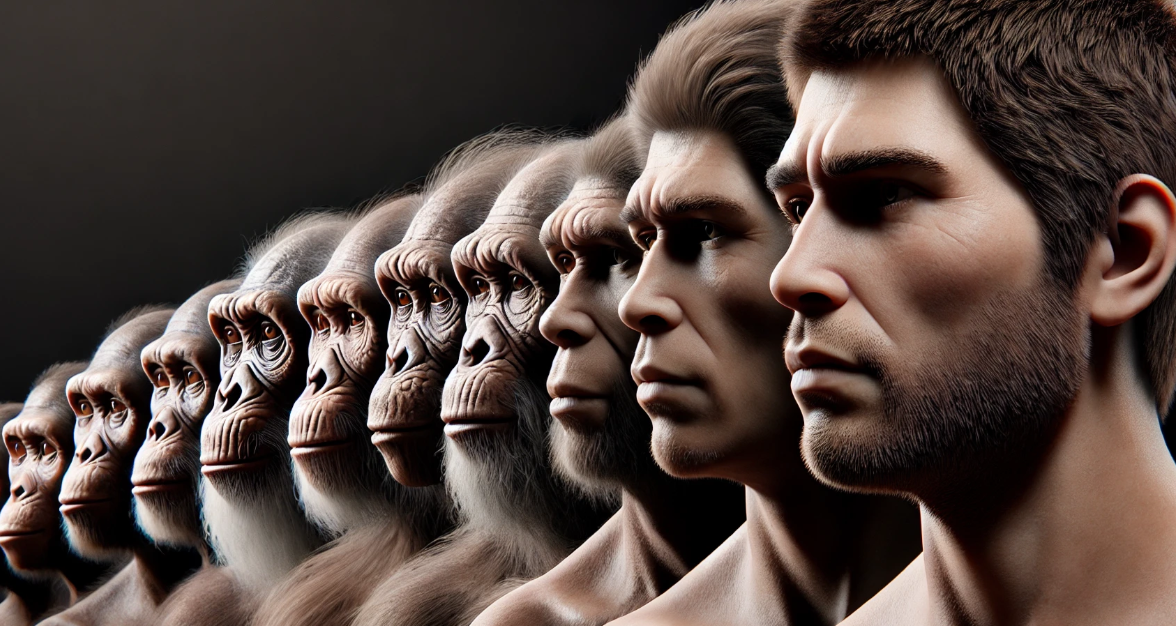
Bioinformatics: Making Sense of the Data
Sequencing ancient DNA generates mountains of data — frequently terabytes. This is where bioinformatics comes in. Bioinformatics is the process by which a bunch of research data can be put into a computer program and turned into something interpretable.
Researchers rely on a number of essential software tools. First, they filter out contamination. The ancient bones themselves are typically coated in bacterial DNA, fungal DNA and sometimes human DNA from people who handled the artifacts over the years. The ancient individual’s DNA can be untangled from contaminants using intricate algorithms.
One popular program, “mapDamage,” analyzes footprints of DNA damage that accumulate over time. Ancient DNA comes with a kind of damage pattern at the ends of fragments and if the program can see such a pattern it’s old, not modern contamination.
Another challenge is assembling fragments. Now imagine if you had a jigsaw puzzle, but 90% of the pieces were gone and those that remained were shattered into tiny pieces. That’s what it looks like, ancient DNA. With software programs, the ancient fragments can be compared to reference genomes of modern humans and other species, piecing together where each fragment belongs. Applications such as “BWA” (Burrows-Wheeler Aligner) and “bowtie” have been developed to help map these short, damaged DNA fragments on reference genomes.
Artificial Intelligence: Unearthing Patterns Among Ancient Genes
Artificial intelligence and machine learning are game changers in ancient DNA. Those may notice patterns or make connections that human researchers might require years to discover, if ever.
Machine learning helps determine which genetic mutations are linked with what traits. For instance, AI has enabled scientists to decode which of the genes could have made Neanderthals — with their prominent brow ridges or barrel-shaped chests — stand out. The algorithms contrast thousands of genetic variants between ancient humans and those living today, for each line of descent estimating which differences probably altered physical appearance, disease risk or other traits.
Deep learning networks are even being trained to predict what our ancient ancestors looked like based on their DNA. We can’t generate perfect reconstructions, but A.I. can make educated predictions about skin color, hair color, eye color and facial features by examining genes that play a role in these traits in modern populations.
One promising application is to use A.I. to find ancient DNA in samples where traditional methods are stymied. Researchers have taught such types of neural networks how to read patterns of ancient DNA damage, even in the presence of heavy contaminations. This has enabled them to sequence the genetic material from samples that had, up until now, been far too degraded for analysis.
Comparative Genomics: Bridging the World of Ancient and Modern DNA
Scientists also compare ancient genomes with those of modern ones, thanks to technological developments. Massive genetic databases now hold the genomes of hundreds of thousands of people around the world, and powerful computer systems can compare the remnants with this vast collection in hours.
This cross-comparative method has uncovered interesting findings. Technology, for example, revealed that the vast majority of non-African people today possess 1-2% Neanderthal DNA. Researchers arrived at this conclusion by comparing ancient Neanderthal genomes to modern human genomes and looking for fragments using statistical software that derived from interbreeding tens of thousands of years ago.
Advanced programs determine genetic links among ancient and modern populations. They can figure out, for instance, that contemporary Europeans descend from three distinct ancestral populations who mixed together over millennia or that Native Americans share a common genetic lineage with ancient Siberians who roamed the Arctic 24,000 years ago.
Preserving Technology: Keeping Ancient DNA Alive
Current storage technology is crucial for maintaining valuable ancient DNA samples. After being extracted, DNA is kept at very cold temperatures — typically minus 80 degrees Celsius or even colder. Specialized freezers keep those temperatures steady, and automated systems send alerts if the temperature begins to rise.
Some facilities store samples long term in liquid nitrogen tanks at minus 196 degrees Celsius. At these cold temperatures, chemical reactions virtually stop and DNA is preserved indefinitely. There are some research centers that keep “biobanks” of thousands of ancient DNA samples — libraries of genetic information for researchers across the globe to study.
Digital storage is equally important. Data from ancient samples of genetic sequences are kept in huge databases with a multiplicity of backups. Cloud technology means that scientists from around the world can use and analyze this data without ever having to handle the physical samples, which is particularly important when it comes to sharing unique archaeological materials.
Carbon Dating and DNA Testing in Collaboration
It is not exactly reading the DNA, but radiocarbon dating technology proves to be a great helpmate to ancient genetics. Accelerator mass spectrometry can date the age of a sample much earlier using far smaller samples — sometimes a few milligrams of bone.
This technology is important because the precise age of a sample can tell scientists when different populations existed and how they might have come into contact. For instance, exacting dating helped to establish that modern humans and Neanderthals had, in fact, overlapped in Europe for several thousand years — which would have made interbreeding between the two groups possible.
New methods can also recover both DNA and dating information from the same bone chip, thus avoiding the loss of valuable archaeological material.
Technologies Enabling the Study of Ancient DNA
| Technology | What It Does | Why It Matters |
|---|---|---|
| Next-Generation Sequencing | Reads millions of DNA fragments at once | Makes it cheap and fast to sequence ancient genomes |
| Clean Room Facilities | Prevent modern DNA from contaminating old stuff | Ensures ancient DNA stays clean of other people’s DNA |
| Bioinformatics Software | Analyzes really big piles of genetic data | Lets you know what’s genuine ancient-genome data, filters out contamination |
| Machine Learning Algorithms | Detect patterns in the genetic information | Predict traits and relationships from fragmentary DNA |
| Petrous Bone Sampling | Get DNA from skull bones dense with hard bone | Higher-quality DNA than other parts of the body |
| Environmental DNA Extraction | Grabs strands left in sediment | Helpful when there are no old bones to be had |
| Cryogenic Storage | Preserves samples at super-low temperatures | Keeps everything cold enough that damage won’t set in before scientists have studied them all |
Real-World Applications: What Ancient DNA May Reveal
This technology is not all just for curiosity. The study of ancient DNA has tangible, real-world implications that resonate with our contemporary life. Researchers have found genes that offer some populations partial protection against particular diseases, such as malaria. For instance, the study of ancient genomes has uncovered genetic variants that protected against certain infections, information that could in turn inform new vaccines or therapies.
Ancient DNA has also contributed to resolving archaeological mysteries. Technology revealed that the enigmatic Denisovans, present so far only by a few bone fragments in Siberia, were interbreeding with ancient human ancestors and passing along genes that help modern-day Tibetans survive at high altitudes.
For indigenous peoples, ancient DNA methods of analysis may offer scientific evidence that can underpin historical assertions about territories or validate oral accounts transmitted through centuries. And it can facilitate returning repatriated ancient remains to descendant communities based on genetic ties.
Upcoming Innovations
Technology continues advancing rapidly. “Portable sequencers” are also being developed that can be carried out into the field, so DNA analysis can begin at the archaeological site. Roughly the size of smart phones, these gadgets could deliver preliminary genetic information within hours of being excavated.
New chemical methods can help restore broken-down ancient DNA, essentially “fixing” the decay that happens over thousands of years. That might unleash genetic information from samples that had been too damaged to read.
Ancient DNA analysis could soon be transformed by quantum computing. These supercomputers could solve some of the most complicated genetic puzzles fairly quickly – exponentially faster than existing systems, unearthing insights that today’s tech simply can’t see.
Learn more about ancient DNA research at the Max Planck Institute, one of the leading centers for evolutionary genetics.
Challenges Technology Still Faces
Despite remarkable advances, challenges remain. DNA breaks down over time, and there is a threshold to how far back into the past scientists can look for genetic clues. The oldest DNA sequenced thus far has been about 1.2 million years old, from the teeth of mammoths preserved in Siberian permafrost. For the majority of samples, DNA is unreadable after perhaps 50,000-100,000 years.
Tropical and warm weather are an added challenge, since heat and humidity cause DNA to degrade more quickly. That’s because scientists have far less genetic data from ancient populations in Africa, Southeast Asia and South America than they do from cold-weather climes like Europe and northern Asia.
Ethical questions also arise. Who owns ancient DNA? Should scientists remove DNA from burial sites without the consent of descendant communities? Technology has the potential to reveal private details about ancient peoples — such as genetic diseases or family relationships — that the modern-day descendants of those people may not want made public.
Frequently Asked Questions
What is the age of the oldest sequenced DNA?
The oldest DNA ever successfully sequenced comes from mammoth teeth recovered from Siberian permafrost, and dates to around 1.2 million years ago. For human DNA, they have sequenced genomes from people up to about 45,000 years old. When and for how long DNA survives depend on the environment — cold, dry environments preserve DNA far better than warm, humid ones.
Can scientists use ancient DNA to bring extinct species back to life?
Although it’s an idea popularized by movies such as Jurassic Park, today scientists cannot truly bring extinct species back. DNA degrades too much over thousands of years to obtain a still functional complete genome. But researchers are also working on “de-extinction” projects for recently extinct species, like woolly mammoths, by editing the DNA of modern elephants to incorporate mammoth genes. This is not going to give you a real mammoth, it is giving you something adapted for the cold.
How much does it cost to sequence the genome of an ancient skeleton?
Costs have dropped dramatically. The first ancient genome might have cost many millions of dollars to sequence, whereas a full ancient human genome can now be sequenced for between $1,000-$5,000 depending on DNA quality. The better-preserved the sample is, the cheaper they are to analyze because more feasible data can be extracted from it. It’s laboratory work for DNA extraction and expert analysis, which is the most expensive part of all this.
Why does ancient DNA fragment into short bits?
DNA decomposes over time by chemical means. Chemical bonds that link strands of DNA together are in turn broken by water, oxygen and enzymes. Think of DNA as a rope — and over time, the rope frays, breaking up into smaller and smaller pieces. This process is accelerated by temperature fluctuations, acidity in the soil, and bacterial activity. DNA fragments in ancient samples are generally only 30-100 base pairs whilst those of modern organisms can stretch to the millions.
What can ancient DNA research reveal about an individual person from history?
Yes, but with limitations. From ancient DNA, scientists can infer biological sex, approximate age at death, ancestry and some physical traits. They can also detect familial relations between a group of people who are buried together. But a name, or language, or habits of culture cannot be discerned from DNA. For instance, scientists sequenced DNA from Richard III of England and then confirmed his identity via living relatives; the DNA alone didn’t divulge that he was a king — historical evidence and archaeology did.
Can ancient DNA be extracted only from bones and teeth?
Bones and teeth are the typical sources — they preserve DNA well — but scientists have extracted ancient DNA from other materials. DNA can persist in hair shafts for thousands of years. Mummified tissue occasionally yields DNA. They have even recovered human DNA from ancient chewing gum, dental calculus on teeth and soil from cave floors where ancient people lived. There is thus specific extraction for each source.
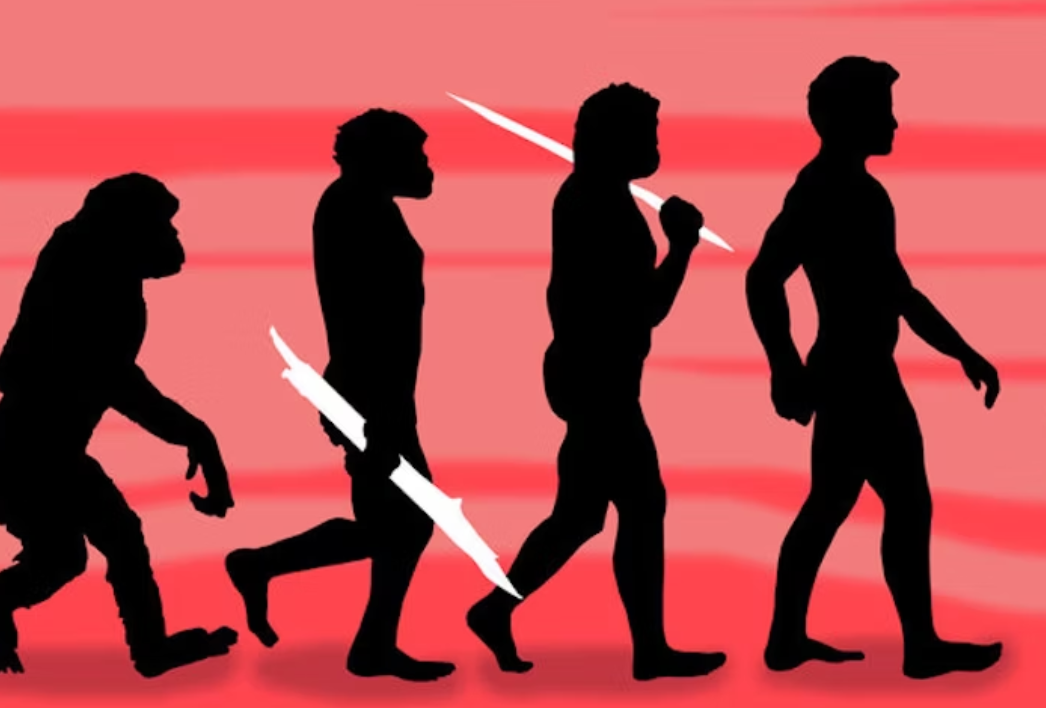
Winding Up the Genetic Time Machine
The technology that is aiding scientists in unlocking ancient genes stands as one of the most interesting frontiers now for scientific research. What appeared impossible only decades ago — to read the genetic instructions of people who lived tens of thousands of years in the past — has become routine work for labs around the world. These technologies have turned scattered bone fragments into detailed genetic portraits and shown how ancient populations moved, adapted and interbred — events that made us who we are today.
From high-end sequencing machines that read billions of DNA letters every day to artificial intelligence programs that are able to spot patterns that human eyes cannot detect, each technological advance takes us a step closer to understanding our distant past. These detective tools have revealed that modern humans harbor Neanderthal genes, that enigmatic extinct groups like Denisovans bequeathed DNA throughout our genome, and that our ancestors lived through ice ages in part thanks to genetic changes they passed down to us.
But this is only Step 1. As technology advances, we will get information out of even older samples, from places where DNA preservation isn’t great because it’s a warm environment, and from newer materials that haven’t occurred to us to look at. Every discovery has led to new questions: Whom else will we find among our extinct human relatives? How did ancient genetic mutations help protect populations from plagues and famines? What can the DNA of ancient babies teach us about fighting modern disease?
As the rubber meets the road between technology and ancient genetics, it’s not just about looking backward. It’s about knowing ourselves more fully. Every sequence of an ancient genome in some way fits another piece in the puzzle of human evolution — helping us not just to know our origins, but to comprehend what makes us human in the first place. And as these technologies grow increasingly powerful and accessible, they hold the potential to continue offering up surprises about our ancient ancestors and their extraordinary journey that ended — at least for now — something close to where we stand today.
